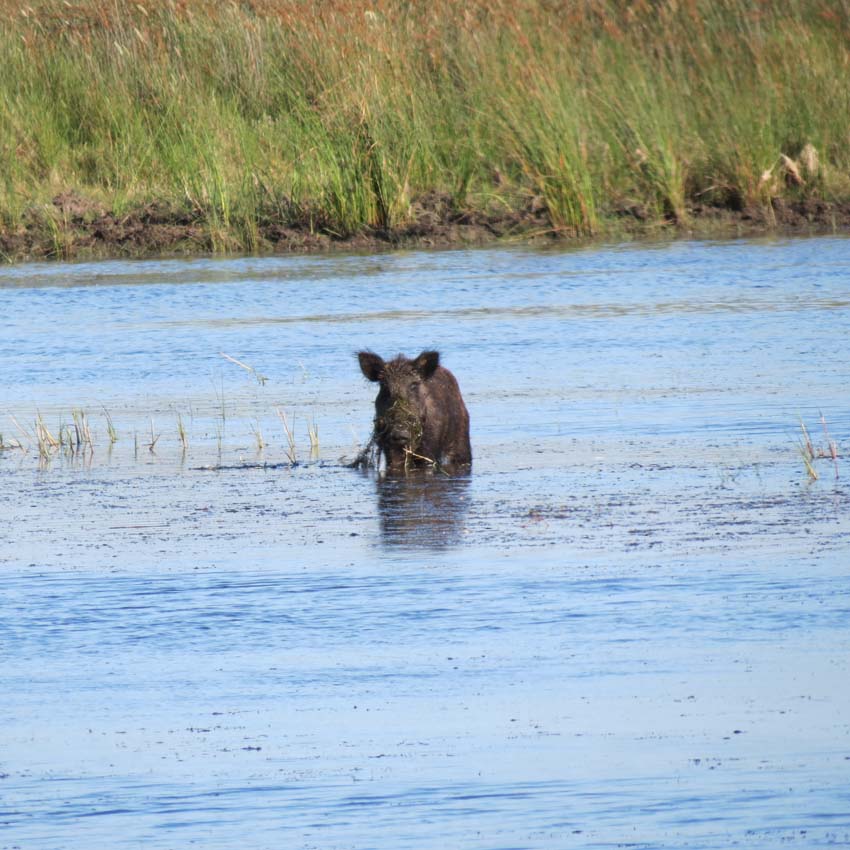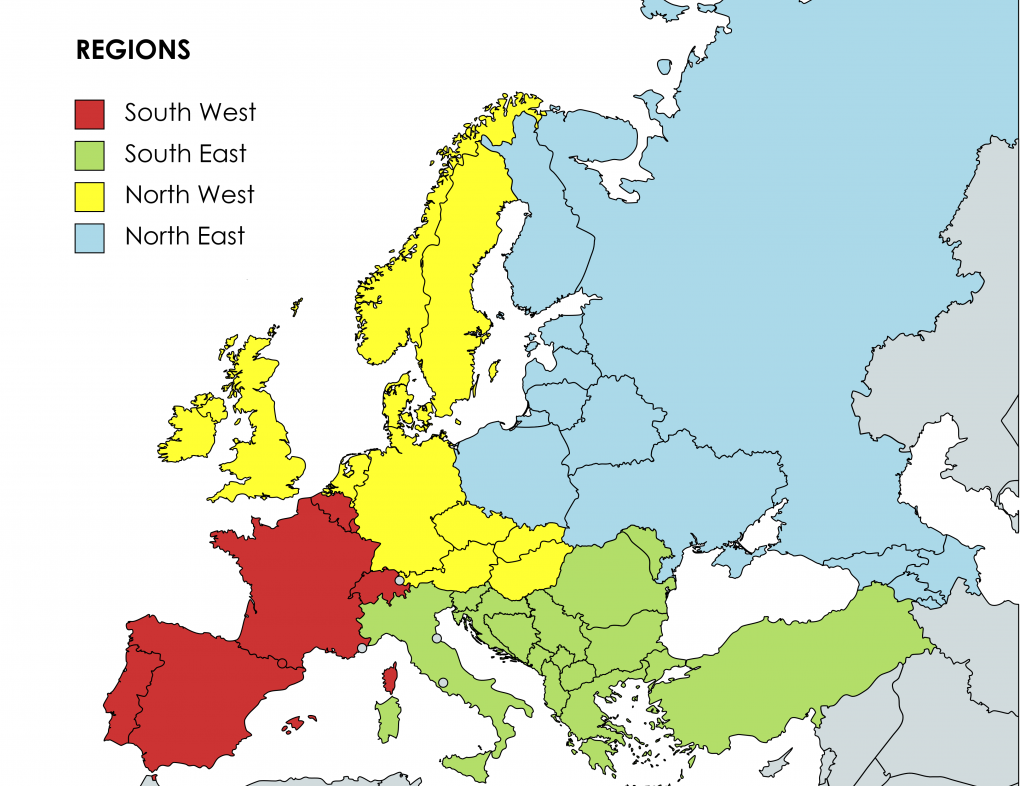Subscribe to our Newsletter

Credits: Joaquín Vicente Baños
Harmonizing data collection is a long-term project; and ENETWILD will be a first step. We will harmonise the European data framework for our species and topics (distribution and abundance), which opens the space to aggregate these data from the whole Europe. Our strategy requires solid foundations in order to be able to collect and validate data that will support science based modelling and risk assessment. ENETWILD will firstly develop standards for presence / abundance data (of the required species) under the criteria of being (i) effective for filtering high quality data needed to produce high quality maps and models, and (ii) compatible with existing biodiversity data collection systems in order to optimize inter-operability between them. It will take several years to set up the data (plus metadata) standards to record species occurrence and abundance. Aggregating data will be then the second step, as they have to be transformed into this standard, but it will be feasible directly by data providers through the coming platform. If crucial data are not recorded, it will be not possible to assess correctly the value and the differences among the studies/sources of data, for comparison purposes.

Credits: Joaquín Vicente Baños
Harmonizing data collection is a long-term project; and ENETWILD will be a first step. We will harmonise the European data framework for our species and topics (distribution and abundance), which opens the space to aggregate these data from the whole Europe. Our strategy requires solid foundations in order to be able to collect and validate data that will support science based modelling and risk assessment. ENETWILD will firstly develop standards for presence / abundance data (of the required species) under the criteria of being (i) effective for filtering high quality data needed to produce high quality maps and models, and (ii) compatible with existing biodiversity data collection systems in order to optimize inter-operability between them. It will take several years to set up the data (plus metadata) standards to record species occurrence and abundance. Aggregating data will be then the second step, as they have to be transformed into this standard, but it will be feasible directly by data providers through the coming platform. If crucial data are not recorded, it will be not possible to assess correctly the value and the differences among the studies/sources of data, for comparison purposes.
Next, we indicate the main items of ENETWILD during the next years in relation to data collection, validation; modelling, tools development and networking for wild boar distribution and abundance.
Models on spatial distribution and density data
First Model occurrence data on wild boar
Proposals for harmonization data collection on hunting statistics and census
Modelled WB distribution based on hunting statistics and census
Models on spatial distribution and density data
First Model occurrence data on wild boar
Proposals for harmonization data collection on hunting statistics and census
Modelled WB distribution based on hunting statistics and census

Harmonization of hunting statistics for abundance estimation
Model and validation WB distribution based on hunting statistics and census
Harmonization of hunting statistics for abundance estimation
Model and validation WB distribution based on hunting statistics and census

This map illustrates the distribution each of the four regional partners will cover for data collection and quality assessment. These 4 groups will encourage active data sharing by our network of collaborators.

This map illustrates the distribution each of the four regional partners will cover for data collection and quality assessment. These 4 groups will encourage active data sharing by our network of collaborators.
